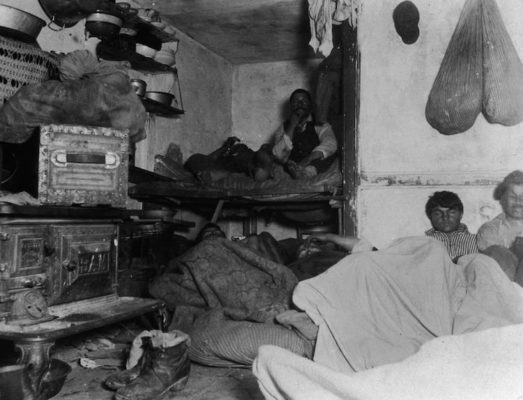Search
To search for an exact match, type the word or phrase you want in quotation marks.
A*DESK has been offering since 2002 contents about criticism and contemporary art. A*DESK has become consolidated thanks to all those who have believed in the project, all those who have followed us, debating, participating and collaborating. Many people have collaborated with A*DESK, and continue to do so. Their efforts, knowledge and belief in the project are what make it grow internationally. At A*DESK we have also generated work for over one hundred professionals in culture, from small collaborations with reviews and classes, to more prolonged and intense collaborations.
At A*DESK we believe in the need for free and universal access to culture and knowledge. We want to carry on being independent, remaining open to more ideas and opinions. If you believe in A*DESK, we need your backing to be able to continue. You can now participate in the project by supporting it. You can choose how much you want to contribute to the project.
You can decide how much you want to bring to the project.

Hey Zurita, he said to me, get those bad thoughts out of your head.
Raul Zurita
In his memoirs, the journalist and photographer Jacob Riis described his surprise when reading a newspaper one morning in 1887: “What I had been looking for all those years was there, in a four-line story from, if I remember correctly, some corner of Germany: the way to take photos with flash, it announced, had been discovered. With this discovery, the darkest places could be photographed.” After perfecting this technique, Riis was able to photograph dozens of basements and unsanitary dwellings that, until then, no one had been able to document, and to denounce the conditions of poverty in which people lived in New York City.
This anecdote made me think that each era has its visual imaginary and, at the same time, a dark side where the unrepresentable resides. Sometimes the dark side is caused by the inability to access it, as if it were a blind spot. On other occasions, it is avoided because it hides things that we normally don’t want to deal with, either because they are excessively banal or, on the contrary, because they seem unbearable.
The fact that, in recent months, we have been immersed in an extremely serious situation is quite clear. With the pandemic, people have become aware that human beings are a vulnerable species. We have also experienced a process of covering up the situation, a kind of knowledge that doesn’t want to know everything. We continue working, making do, in extreme situations. But for that to be possible we need to forget, to hide or displace what is real, and that is where fiction begins. The work of art has to do, in a certain way, in reworking or blurring this fiction.
For this month of April, I wanted to address the idea of covering up and uncovering within the work of four people who, in one way or another, respond to this impulse: Javier Arbizu, Efrén Álvarez, Clàudia Pagés, and Álex Reynolds.
In the conversation I had with Javier Arbizu (“The verb to err, or the words flat, palm, pleasure, or place, all come from the same root, and aren’t they a perfect definition for sculpture?”), ideas such as plasma or desire served to cast doubt on the presumed objective of sculpture as fixing form.
In “The Unbearable,” Efren Álvarez links this concept to the structural violence of the society in which we live. This self-awareness leads him to use drawing in an attempt to visually capture this situation, in the same way that in other previous works, such as Government, he has mapped out the machinations of politics and power.
In her text “red ,Quechua, popler; unbearable,” Claudia Pagés compiles a series of annotations and reflections on her immediate surroundings and uses language to recognize the zero-degree of everyday life.
Finally, the text by Alex Reynolds, which describes a scene as if it were a short story or film script, reminds us of similar works by the author in which a certain grim narrative ambiguity operates, such as the documenting of her wandering around inside the Brussels Courthouse collected in her work Palace.
Both her work and that of the rest of the artists gathered in this selection create, from different perspectives and formats, the gesture of bringing to light or making visible. All of them have developed techniques to record, each in their own way, “the darkest corners” of the present.
(Featured Image: Jacob Riis, photograph of the book How the other half lives).

David Bestué (Barcelona 1980) is an artist interested in the confluence between sculpture, language and architecture. His recent solo exhibitions include Pastoral (La Panera, 2021), De perder un nombre (Diputación de Huesca, 2020) and Miramar (Pols, València, 2019). He has recently published El Escorial: Imperio y estómago (Caniche, 2021) and Viaplana y Piñón (Puente editores, 2019).
"A desk is a dangerous place from which to watch the world" (John Le Carré)